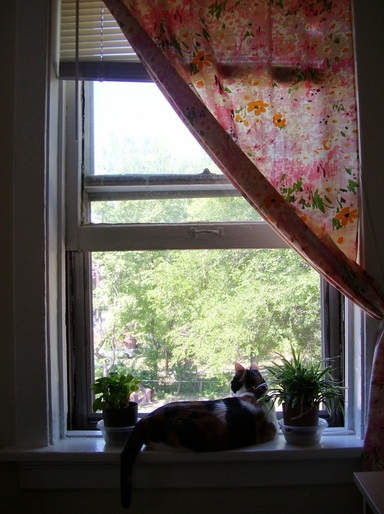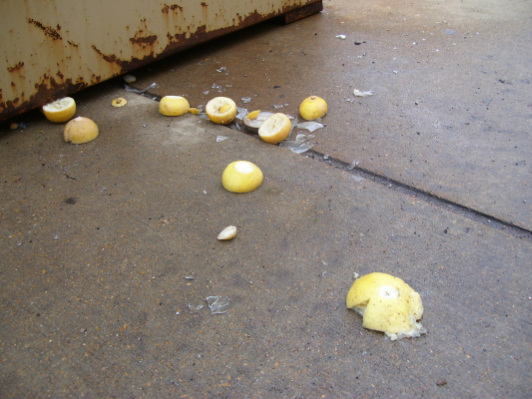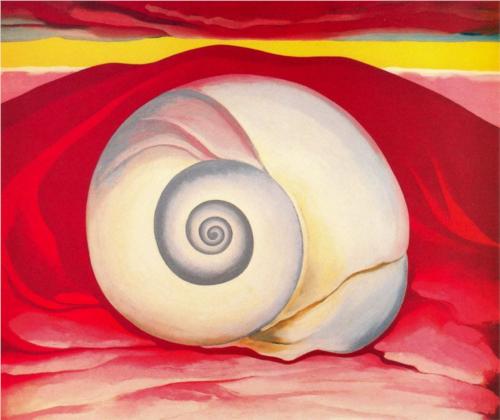Last spring I came across a wonderful book, Practicing Mortality: Art, Philosophy, and Contemplative Seeing, coauthored by Christopher Dustin and Joanna Ziegler, which has been very helpful in clarifying my interests in art. Through an examination and comparison of several different artists, writers, and philosophers, Dustin and Ziegler attempt to show how a particular kind of seeing--contemplative or "real seeing"--can lead to a more fulfilling and meaningful life. I'm currently reading their chapter which focuses on Okakura Kakuzo and his work, The Book of Tea (which I need to read), and how Art is not just an object in a museum or gallery but a way of life:
"Art...is a mode of awareness...Art is an attitude of reverence for the particular forms that beauty takes: its ephemerality, its regularity, its fleeting color, the simply drawn shapes of petals, the lines of pathways, and so on. Whatever, through daily habit, cultivates a way of seeing in which doing and thinking are unified, in which we, the beholders, participate fully with all our senses prepared to embody and embrace this particular beauty--this is art. Art is active seeing." (Excerpt from "The Beatification of the Mundane" from Christopher Dustin and Joanna Ziegler's Practicing Mortality, 2005)
"Art...is a mode of awareness...Art is an attitude of reverence for the particular forms that beauty takes: its ephemerality, its regularity, its fleeting color, the simply drawn shapes of petals, the lines of pathways, and so on. Whatever, through daily habit, cultivates a way of seeing in which doing and thinking are unified, in which we, the beholders, participate fully with all our senses prepared to embody and embrace this particular beauty--this is art. Art is active seeing." (Excerpt from "The Beatification of the Mundane" from Christopher Dustin and Joanna Ziegler's Practicing Mortality, 2005)



 RSS Feed
RSS Feed
